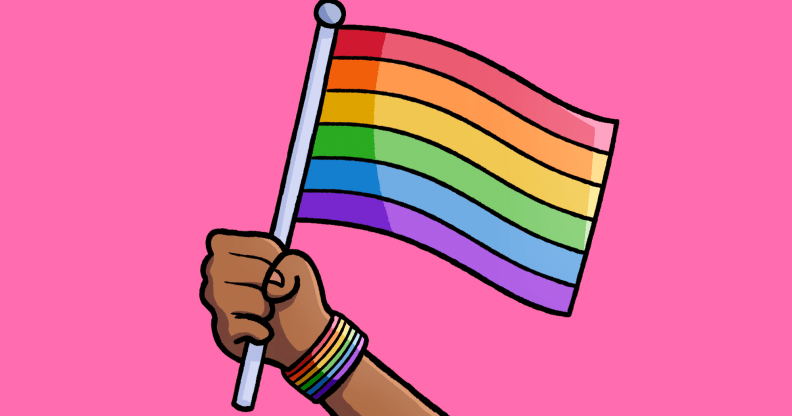Comment: Why are there so few openly gay athletes at London 2012?

Sleeping accommodation in the Olympic village is segregated by gender. Given that several nations agreed only reluctantly and with very bad grace to send women athletes to the games at all, you would not expect otherwise. The rule of segregation is enforced with no exceptions.
So spare a crocodile tear for Russell and Lauryn Mark, members of Australia’s shooting team, who are not allowed to share a room, despite being husband and wife. Reacting to this hardly unpredictable news on arrival in London, Russell Mark complained, ‘There are tons of gay couples on the Olympic team who will be rooming together. So we are being discriminated against because we are heterosexual.’
Of course, while gender segregation does not wipe out opportunities for heterosexual adventures, it might well improve the opportunities for same-sex ones. There is no reason to suppose that such a huge gathering of physically active, healthy, young people will be some kind of Festival of Chastity.
The gay dating website Grindr crashed within minutes of the first wave of athletes arriving at Heathrow. The site was down for twenty-four hours. One theory is that arriving gay athletes had gone online as soon as they stepped off their planes; another is that every gay man in London was getting into the Olympic spirit by trying to link up with an overseas athlete.
That there are ‘tons of gay couples’ on the Australian team is good news for those of us of a progressive frame of mind. But what is sad is the low numbers of out-gay athletes, not only in this team but at the games as a whole. According to the website www.outsports.com, of the 12,000 athletes at London 2012, only twenty are openly gay. There are said to be only two openly gay paralympians.
Of the twenty in the main games, only three are men: the Dutch equestrian Edward Gal, the British equestrian Carl Hester and the Australian diver Matthew Mitcham. The lesbian women come from a range of sports: field hockey, basketball, beach volleyball, soccer, cycling, fencing, equestrianism, triathlon, handball and tennis. But, with the exception of the one woman in the triathlon, none of them is a participant in the blue riband track and field events. The pressures on athletes to remain in the closet are still extreme.
Think of the types—or stereotypes—of the masculine girl (‘tomboy’) and feminine boy (‘sissie’). They may experience school sports in very different ways. For the girl, sports may represent a welcome opportunity for self-expression, whereas to the boy the sports field and locker room may seem little more than officially sanctioned arenas for yet further bullying and humiliation. A route to success for one; for the other a route to failure.
This may go part of the way—but only part—to explaining the gender imbalance in lists of lesbian and gay sports people. In tennis, to take an obvious example, it is far easier to name great lesbian players of the game—with Martina Navratilova at the top of the list—than (any?) gay men. It could be that male numbers are proportionately no lower than female, but it appears that sportsmen are under greater pressure to maintain their watertight performances of machismo, involving at least a tacit implication of heterosexuality. Female strength and agility do not carry the same associations. This is a massive area for discussion and further research; I don’t pretend to be addressing it in any depth.
At school, the British diver Tom Daley was continually bullied with the unimaginative taunt ‘Diving Boy’—as if to be exceptionally good at something were a matter for embarrassment or shame (what a comment on the values instilled by the UK educational system!). Perhaps this experience helped build his confidence, both in the pool and beyond it.
It was a sign of Daley’s maturity at the Beijing games, when he was only fourteen, that he was completely relaxed in the company of the openly gay Matthew Mitcham. They became friends. On the other hand, it was a sign of the immaturity of corporate institutions that, even after winning gold in Beijing, Mitcham struggled to secure the levels of sponsorship that his straight counterparts attracted. He was eventually taken up by the telecoms group Telstra, and then by Funky Trunks, for whom he is a ‘swimwear ambassador.’
Gregory Woods is Professor of Gay & Lesbian Studies, School of Arts and Humanities, Nottingham Trent University. Further information about his work can be found at www.gregorywoods.co.uk.

